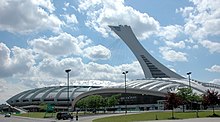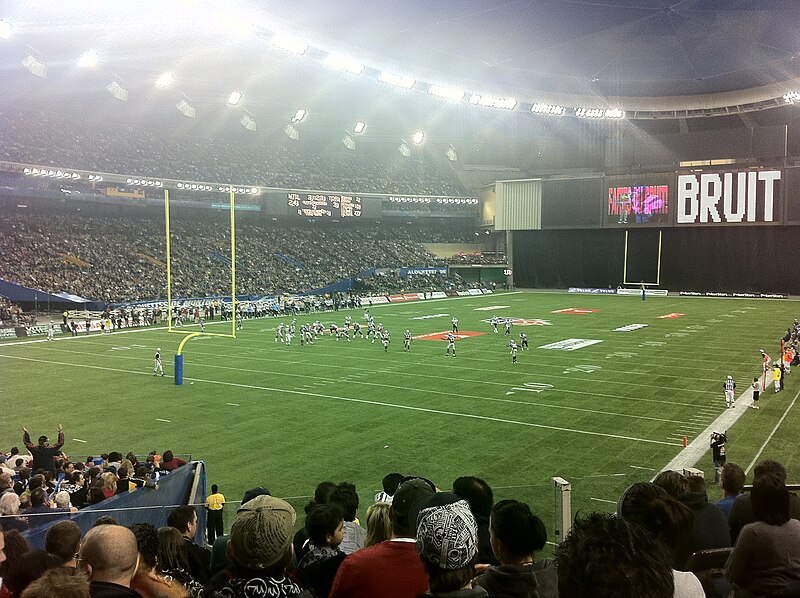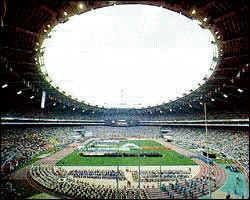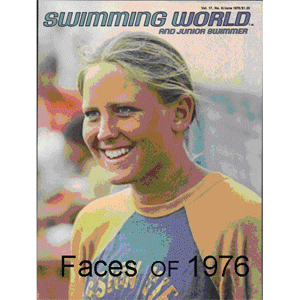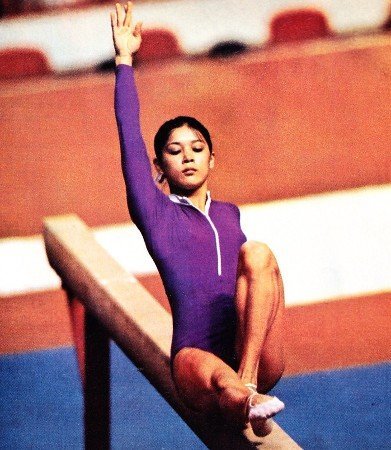Roger Taillibert was born on the 21 th of January in 1926 in Châtres-sur-Cher (France). He is a French architect notable for designing the Parc des Princes in Paris and the Olympic Stadium in Montreal, Canada.
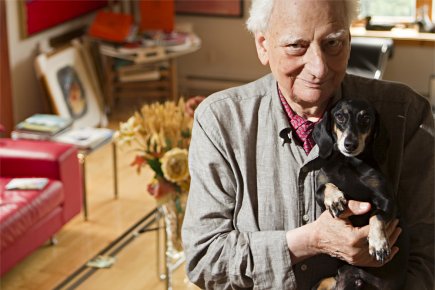

He was appointed commander of the Légion d'Honneur, of the Ordre National du Mérite of Palmes académiques and of Arts et Lettres by the French Government.
THE MOST IMPORTANT PROJECTS OF TAILLIBERT ARE:
- Sports facilities in Chamonix (France).

- Parc des Princes in Paris.
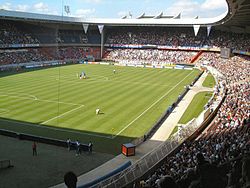
- Stadium Lille-Metropole in Lille.

- Olympic Stadium, in Montreal (Canada).

- Olympic Velodrome, in Montreal (now called the Montreal Biodome).

- Olympic Pool (Montreal).

- Olympic Village (Montreal), a two-tower pyramid-shaped structure.

- ASPIRE Academy, Qatar.

- Officer's Club - Abu Dhabi, UAE.




